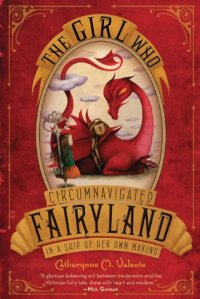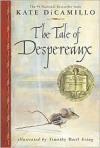Am I allowed to admit on the Internet that my job is making me go bananas? Well…it is. I run full tilt all day on a snackpack of carrot sticks trying to please 8 year olds, schmooze with corporate peeps, and navigate office politics. So, like every mature adult, I pass right by the liquor store, the cupcake shop, the shoe sales, and arrive home to hop into my polar bear jammies to escape into a book. And what a wacky journey it was. In fact, stopping by the liquor store would not have been a bad idea.
Catherynne Valente’s (take a long breath for this one, team) The Girl Who Circumnavigated Fairyland in a Ship of Her Own Making would be alike to Willy Wonka writing Lord of the Rings. (Please note, that while TGWCFIASHOM is stunningly catchy, lets just call it The Girl Who Circumnavigated.)
Many have compared The Girl Who Circumnavigated to Alice in Wonderland but I don’t think that’s quite fair. The main character, September, is far-less didactic and Valente does not spend a great deal of time being silly for silly sake on a singular subject. The story is clear, less flowery, and the adventure is quite fast-paced. Maybe Alice on speed? AKA a pace just right for the young readers of the 2000’s. Heck, it was a pace just right for this 1980’s baby. I giggled all the way through and fell in love with animated objects that shone with personality. It was a great joy to read at the end of a day that felt anything but silly.












